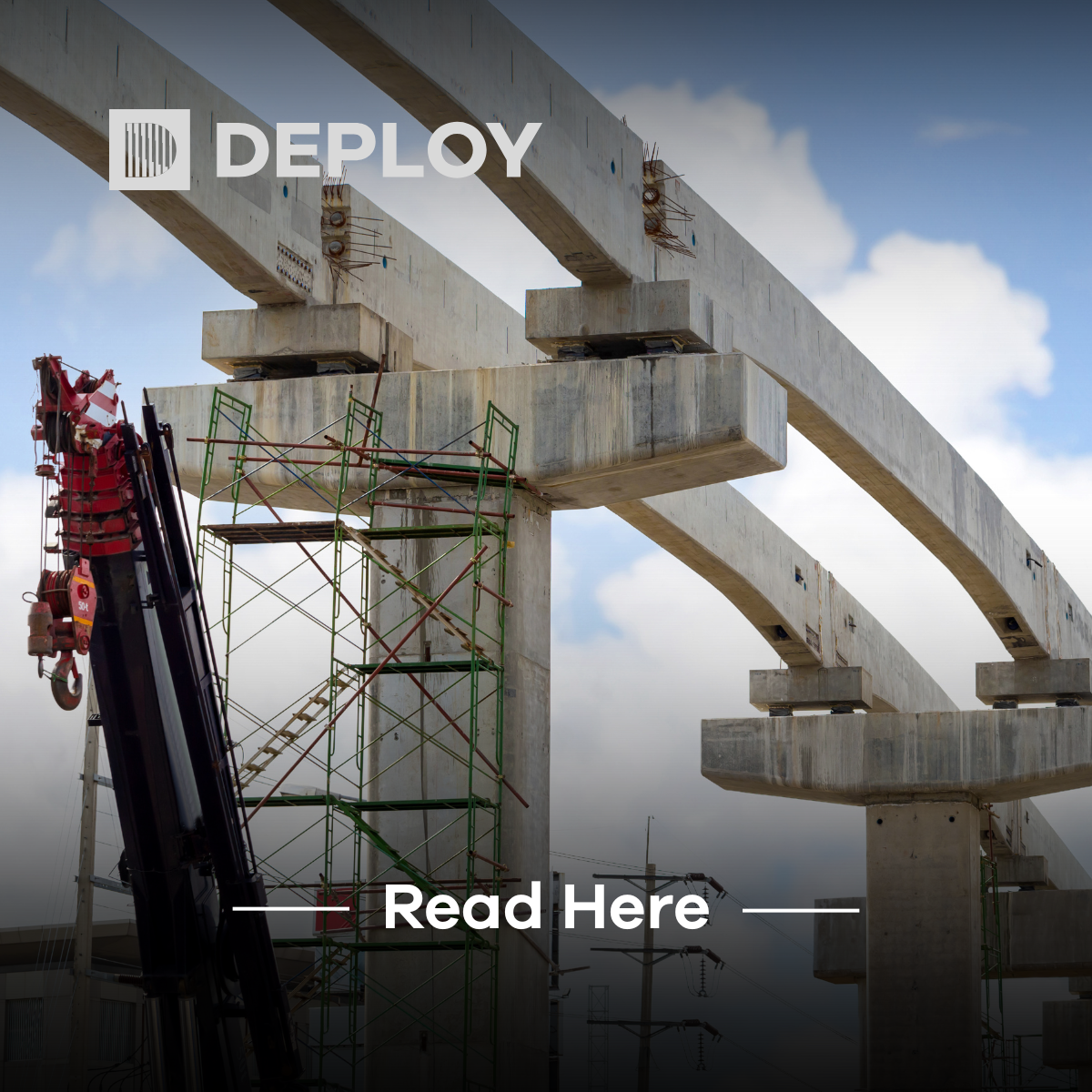Can Sustainable Logistics Transform Supply Chains from Road Transport to Rail Freight?
The logistics sector, a cornerstone of global commerce, is under mounting pressure to reduce carbon footprints while maintaining efficiency and cost-effectiveness. Traditionally, road transport has dominated freight logistics due to its flexibility and accessibility, however, as sustainability moves higher on corporate agendas, rail freight is emerging as a compelling alternative. The question is no longer just about cost and speed, but whether sustainable logistics (led by a shift towards rail) can reshape supply chains for the better.
The Case for Rail Freight: Sustainability, Efficiency, and Capacity
Rail freight offers a number of advantages over road transport, particularly in terms of sustainability. Rail is widely recognised as one of the most environmentally friendly modes of freight transport, emitting significantly less CO₂ per ton-kilometre than road haulage. According to the European Environment Agency (EEA), rail transport produces up to nine times fewer emissions per kilometre than trucks, making it a critical component in the transition to greener supply chains.
Beyond its environmental credentials, rail freight also benefits from greater energy efficiency and capacity. A single freight train can carry the equivalent of up to 76 truckloads, reducing congestion on highways and lowering overall fuel consumption. This efficiency is particularly advantageous for businesses transporting bulk goods, such as raw materials, chemicals, and consumer products over long distances. As fuel costs fluctuate and governments impose stricter emissions regulations, rail’s efficiency could provide businesses with long-term cost stability.
Road Transport: Flexibility and Last-Mile Connectivity
Despite its sustainability benefits, rail freight is not without limitations. Road transport remains indispensable for its flexibility, speed, and ability to provide door-to-door service. Unlike rail, which is constrained by fixed infrastructure and schedules, trucks can deliver goods directly to warehouses, retailers, and consumers, offering an advantage in short-haul and time-sensitive deliveries.
Moreover, road transport is often the preferred option for industries requiring just-in-time (JIT) delivery models, such as e-commerce and perishable goods suppliers. The ability to dispatch goods at short notice, adjust routes based on real-time conditions, and access locations without railway connections makes road transport an essential part of the logistics ecosystem.
Can Rail and Road Work Together? The Case for Intermodal Logistics
Rather than viewing rail and road transport as competing forces, many businesses are exploring intermodal logistics, where both modes work in synergy to optimise efficiency and sustainability. Intermodal transport systems use rail for the long-haul portion of a journey and road transport for first-mile and last-mile delivery, balancing sustainability with flexibility.
For example, freight terminals and logistics hubs are being strategically developed to facilitate seamless transitions between rail and road. Investments in containerised freight technology, digital tracking systems, and synchronised scheduling are making intermodal transport increasingly viable for businesses seeking a more sustainable supply chain model.
Policy, Infrastructure, and the Future of Rail Freight
For rail freight to truly challenge road transport on a larger scale, continued investment in infrastructure, policy incentives, and technology is essential. Governments and industry bodies worldwide are recognising the need for modernised rail networks, electrified freight corridors, and enhanced intermodal facilities.
In the European Union, initiatives such as the Trans-European Transport Network (TEN-T) and the European Green Deal aim to increase rail freight’s market share, while in the United States, the Bipartisan Infrastructure Law has allocated funding to enhance rail connectivity. In Asia, China’s Belt and Road Initiative is further expanding rail freight capacity, linking markets across continents.
Advancements in automation, AI-driven logistics planning, and digital rail infrastructure will also play a crucial role in making rail freight more competitive. Smart freight routing, predictive maintenance for rail networks, and real-time tracking systems are helping businesses increase reliability and efficiency, making rail an increasingly attractive option.
A Balanced Approach to Sustainable Logistics
The shift towards rail freight presents businesses with a tangible opportunity to reduce carbon emissions, enhance efficiency, and build more resilient supply chains. However, road transport will continue to play a critical role in offering the flexibility needed for modern logistics operations. The future lies not in choosing one over the other, but in integrating both into a well-balanced, intermodal system that maximises sustainability without compromising efficiency.
As businesses navigate a landscape shaped by environmental concerns and evolving logistics demands, those that embrace rail freight as part of their supply chain strategy will be better positioned to meet sustainability targets, mitigate fuel cost volatility, and future-proof their operations.
Are You Ready to Optimise Your Logistics Strategy?
Deploy specialises in providing skilled professionals and strategic workforce solutions for the rail and infrastructure sectors. Whether you're expanding your rail freight operations or seeking expertise in sustainable logistics, our recruitment specialists can connect you with the right talent. Get in touch with us today to explore how we can support your business.






